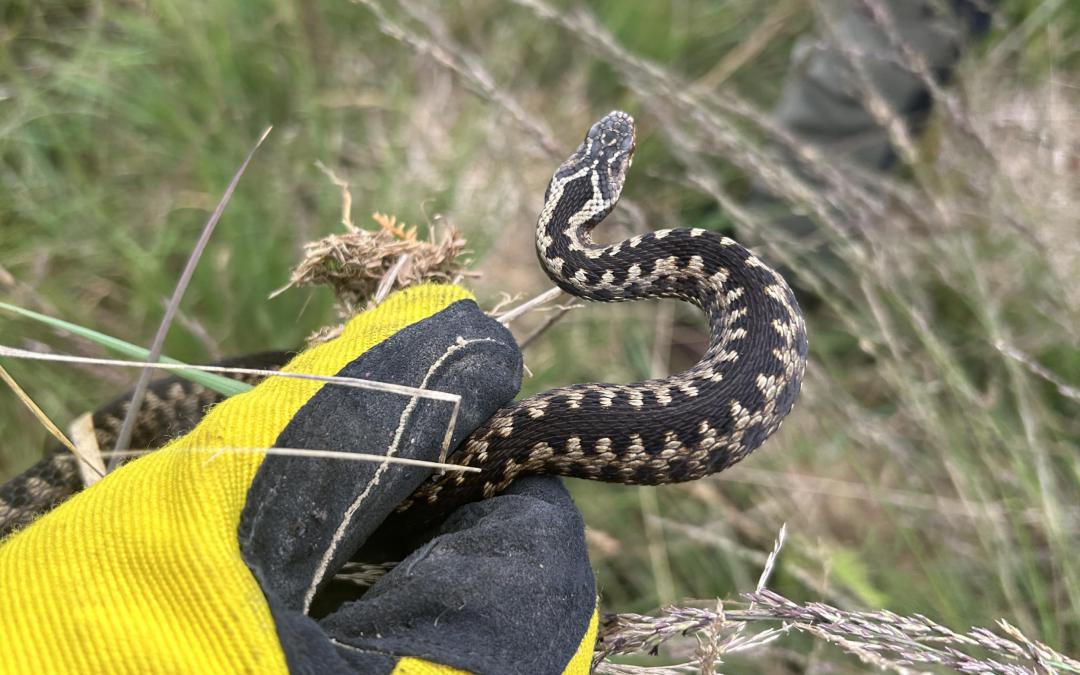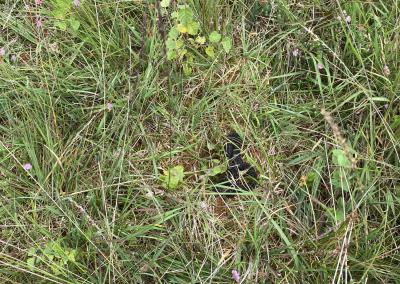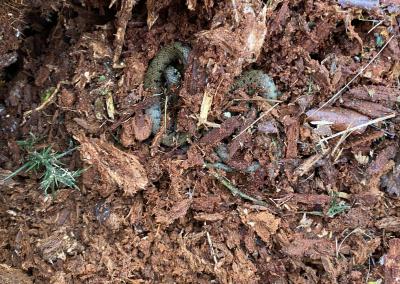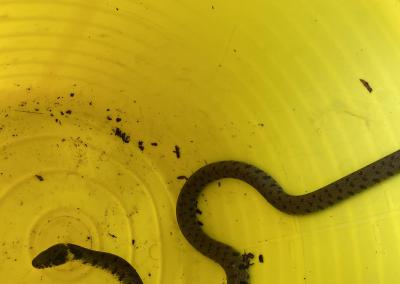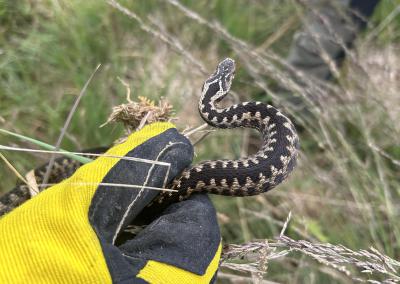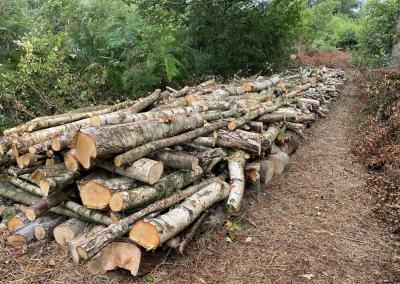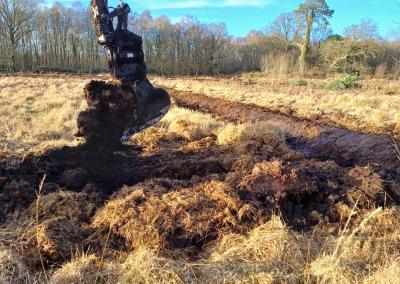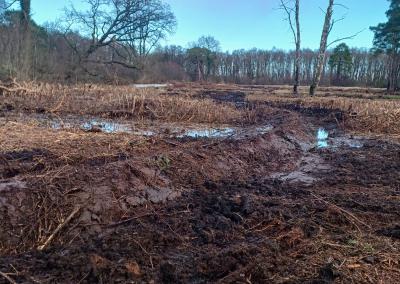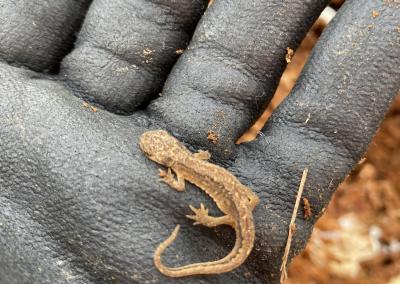Introduction to Shapwick Heath’s Restoration
Peatlands are crucial for storing carbon and supporting biodiversity, yet much of England’s peatland is in poor condition, releasing millions of tonnes of carbon dioxide each year. In Somerset, the second-largest area of lowland peat in England Shapwick Heath is being restored to great effect.
Shapwick Heath SSSI, part of the internationally important Somerset Wetlands National Nature Reserve, has been undergoing restoration since Natural England acquired it in the 1990s. While reedbeds and open water features are now matured, one key habitat – raised bog – has been a conservation challenge for years. At one time, raised bogs were a key feature of the Brue Valley, but the landscape has been actively worked and drained since Roman times, leading to shrunken and degraded peatlands. As well as reducing their wildlife value, the ability of these wetlands to deliver vital ecosystem services such as floodwater and carbon retention is severely impacted.
Natural England worked to restore the raised bogs using deep trench bunding, a technique adapted from peatland restoration efforts across the uplands of England and elsewhere. This method blocks cracks in the peat, stabilises water levels, and helps restore bog plants while preventing carbon release. After seeing successful trials from Cumbria, the technique was adapted for use in the Somerset Levels; vegetation was cleared and bunds installed across 30 hectares of Shapwick Heath as well as 2 other sites in the Avalon Marshes.
Geckoella’s Protected Species Mitigation Work
Geckoella advised on the complex protected and notable species mitigation requirements associated with several different species and groups on site. Managed by Geckoella’s Consultant Ecologist Dela Collins, ecology surveys were carried out to better understand how key species and groups were currently using the site and to inform a method of working that enabled works to go ahead whilst maintaining and enhancing conditions for protected species such as Great Crested Newts and Hydrochara beetles so that legal and conservation requirements were met.
Two years into the restoration project, fantastic results are already being seen for the wider project. Plants like Sphagnum mosses, White-beaked Sedge, and carnivorous Oblong-leaved Sundew have returned, and water levels are stabilising. Though there is still work to be done, this success shows the power of restoration efforts. Geckoella is proud to have worked alongside Natural England and contractors Open Space to help bring this vital project to life and looks forward to seeing how the works at Shapwick Heath will also develop and contribute to the growing understanding of how best to restore peatlands, in the UK and further afield.
If you are interested in learning more, check out the Natural England Blog and their mini-series on Instagram and YouTube, where they share the journey of this restoration effort.
This project is just the beginning – with more peatland restoration efforts hopefully on the horizon for Somerset and beyond!
If you are interested in commissioning Geckoella Ecologists to carry out specialist ecology services in your area please contact us on info@geckoella.co.uk

